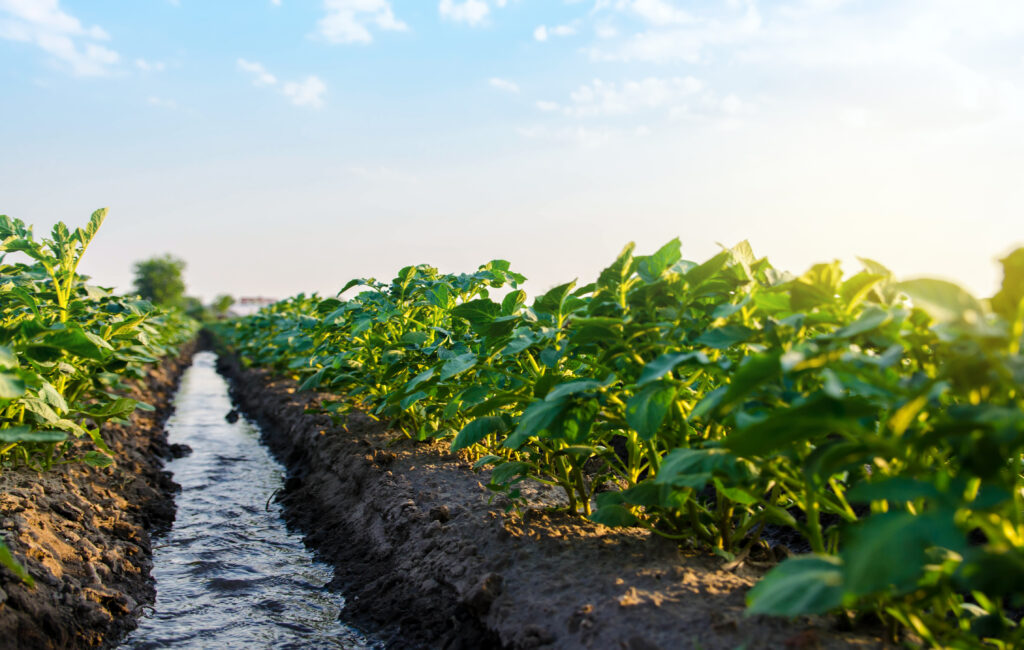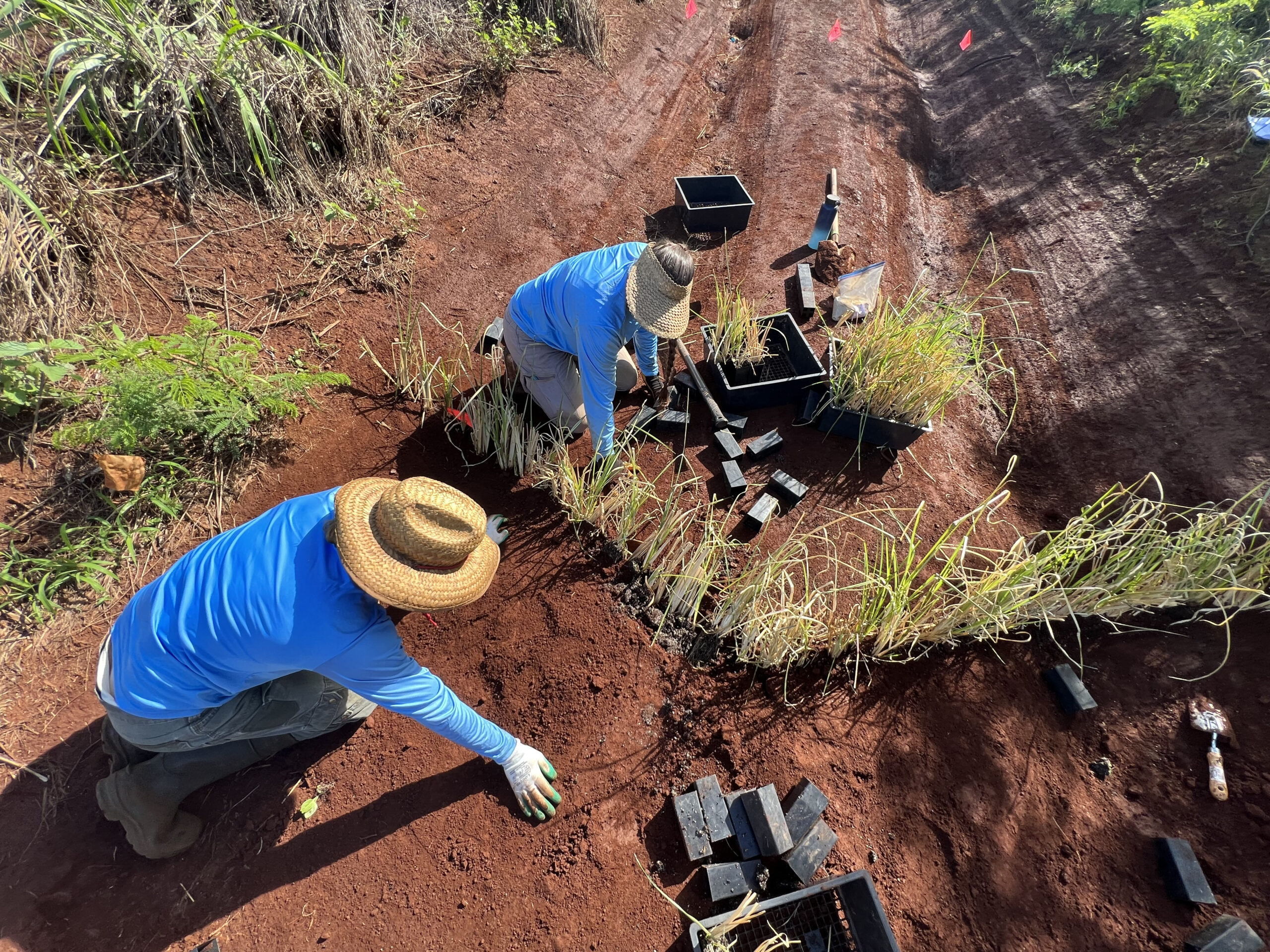Looking at Earth from space, our planet’s rivers and streams resemble a vast network of veins, pulsing with life and water. These natural waterways, part of intricate systems called watersheds, weave through landscapes, connecting us in unseen ways to the ocean’s vast expanse.
Whether it’s a closed watershed draining into a secluded lake or open lagoons merging with the ocean, each drop of water impacts our global ecosystem. Let’s learn how!
Watersheds and Waterways, The Lifelines of Our Planet
Imagine the Earth’s surface veined with a network of rivers and streams, much like the circulatory system in our bodies. These watersheds are nature’s way of collecting and delivering rainwater and snowmelt to the ocean. Every drop of water that falls on the land is on a journey, guided by these natural pathways, to join the vastness of the ocean.
Watersheds are the Earth’s lifelines, ensuring that water, essential for all forms of life, circulates through ecosystems, towns, cities, and eventually, the sea.
Take the Amazon Basin, our planet’s largest watershed, which discharges an average of 209,000 cubic meters of water per second into the Atlantic Ocean. Or the Mississippi River Basin, which gathers water from 31 U.S. states and two Canadian provinces, illustrating how watersheds can shape the geography, climate, and economy of extensive regions.
These massive water systems play a crucial role in our world, influencing weather patterns, supporting biodiversity, and providing water resources for billions of people.

The Ripple Effect
So why does this matter to coral reefs? Well, as pristine as some of these waterways may appear, the harsh truth is they’re often carriers of pollutants from our cities, farms, and factories. Everything from plastic bottles to agricultural runoff finds its way into these waters, embarking on a destructive journey to the ocean.
The Great Pacific Garbage Patch, a swirling vortex of marine debris double the size of Texas, is a stark illustration of how our consumption and waste management practices on land can lead to environmental catastrophes in the ocean.
Pollutants like plastics break down into microplastics, are ingested by marine life, enter into the food chain, and cause untold harm to ocean ecosystems. Nutrient runoff from fertilizers leads to deadly algal blooms, creating vast dead zones where life, including coral reefs, cannot thrive. These examples underscore the interconnectedness of our actions and the health of marine environments.

Understanding Our Water Footprint
Every day, the choices we make—from the products we purchase to the meals we enjoy—leave a mark on our waterways and, by extension, the ocean. This “water footprint” encompasses not only the direct use of water in our homes but also the indirect use embedded in the lifecycle of goods and services we consume. For instance, the agricultural runoff from producing the food on our plates can lead to nutrient pollution in nearby rivers, which eventually flows into the ocean, causing harmful algal blooms and dead zones.
The good news is that we all have the power to positively impact our waterways. By becoming mindful of our water footprint and making eco-friendly choices, we can help ensure cleaner rivers and healthier oceans.
Simple yet effective steps like opting for minimal packaging, supporting sustainable agriculture and choosing more plant-based options, reducing water-intensive goods, and cutting down on plastic use can make a big difference. Additionally, choosing organic lawn care to minimize harmful runoff and getting involved in local clean-up efforts are practical ways to keep pollution out of our waterways.
By advocating for policies and initiatives that focus on water quality and pollution reduction, we collectively contribute to a more sustainable and thriving environment.

CORAL’s Commitment – From Mountain to Sea in Maui Nui
In the heart of Maui Nui, which includes the Hawaiian islands of Maui, Molokai, and Lanai, CORAL is actively working to combat the issue of watershed pollution affecting our oceans. Our projects in West Maui focus on restoring natural filtration processes within watersheds to prevent land-based water pollution from degrading the precious reefs. By adopting a “ridge to reef” approach, we aim to restore the natural function of an ahupua‘a (watershed) to filter stormwater and absorb nutrients, sediments, and other chemicals, showcasing our commitment to protecting these vital connections.
By understanding the intricate connections between our local waterways and the ocean, we can begin to appreciate the profound impact our everyday actions have on the world’s oceans. From the smallest stream to the mightiest river, every waterway tells a story of interconnectedness and shared responsibility. Let’s commit to protecting these vital lifelines, ensuring a healthier planet for future generations. Together, we can safeguard the health of our blue planet, proving that even the smallest actions can lead to meaningful environmental change.
Working Together for Healthier Reefs
The journey from land to sea is far more interconnected than we might realize. Our local waterways, from the smallest streams to the mightiest rivers, serve as vital conduits linking our actions on land to the health and vitality of coral reefs and marine ecosystems. As we navigate through Earth Month and beyond, let’s embrace our shared responsibility to protect these precious lifelines. By understanding and appreciating the profound impact of our everyday choices, we can work together to ensure a healthier planet for generations to come. Together, let’s safeguard the health of our blue planet and continue to make a positive difference, one drop at a time.

